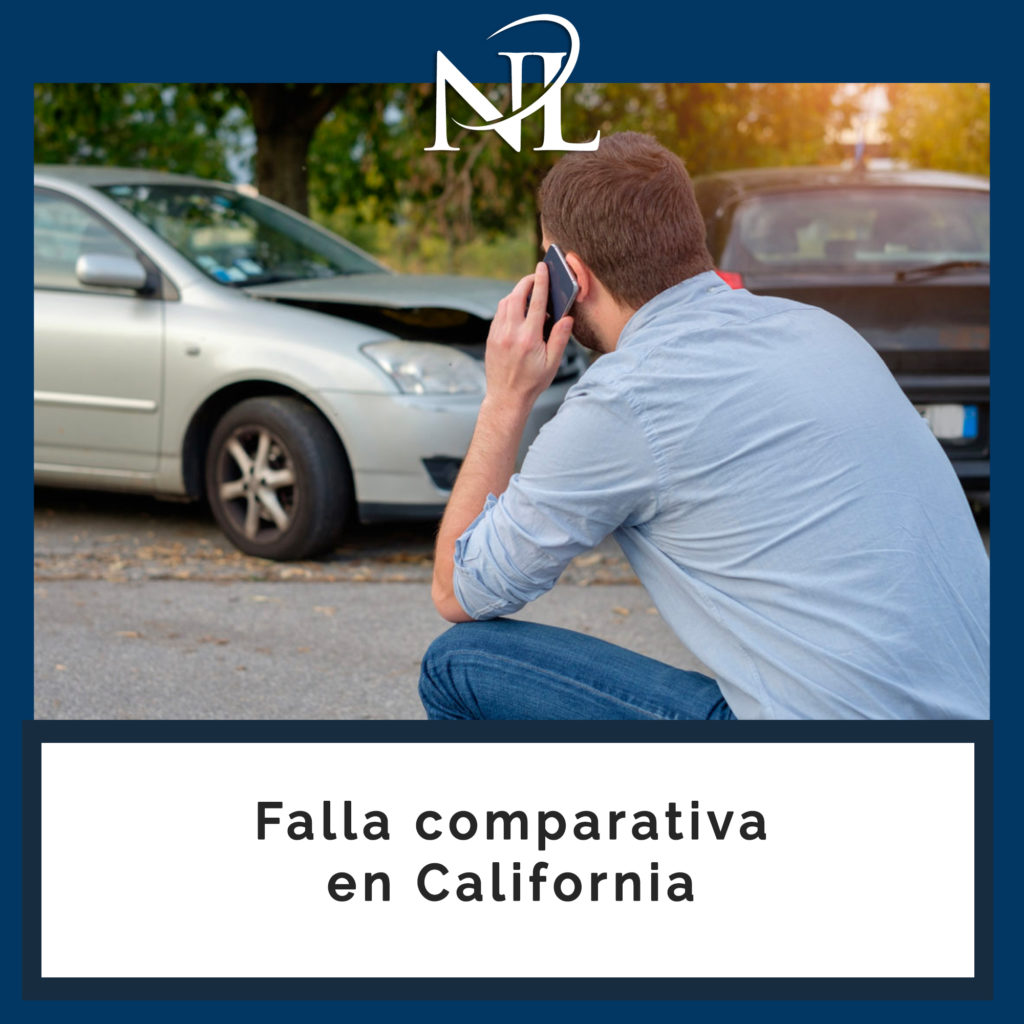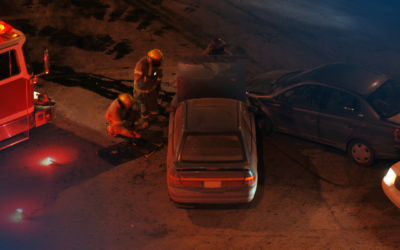Comparative Fault in California
The “comparative fault” law of the state of California, also known as the “comparative negligence” law, refers to a person who has been injured in an accident may request compensation for damages, even if they have partially had themselves The fault of that accident.
In a personal injury case, the jury will decide what percentage of the person’s own negligence contributed to their injuries, as well as the compensation for damages that correspond to them. This law may apply to most personal injury cases in California.
The most common types in which this law is involved are:
– Car accidents
– Bicycle accidents
– Facility responsibility
– Slip / trip and fall accidents
– Responsibility of a product
– Medical negligence
In a personal injury lawsuit, the victim seeks to obtain 100% compensation for damages from the responsible party. But what if the victim also had part of the responsibility?
The California comparative negligence law provides a way to divide the guilty faults among all parties involved. Claimant’s damages are reduced based on his own negligence and liability that contributed to the accident.
If in a personal injury claim, the defendant alleges that the victim’s own negligence caused or contributed to their own injuries, then a jury will decide what percentage of fault is due to the plaintiff’s negligence. That percentage will reduce the plaintiff’s general compensation for damages.
For this, the defendant must demonstrate the following:
– That the victim was negligent
– That the victim’s negligence was a fundamental factor so that he suffered injuries
If the defendant can prove these two things, then this law will apply within the lawsuit. The jury will first calculate all damages in general regardless of the percentage of responsibility. Once a total amount has been reached, then it will be divided based on the established fault percentages.



